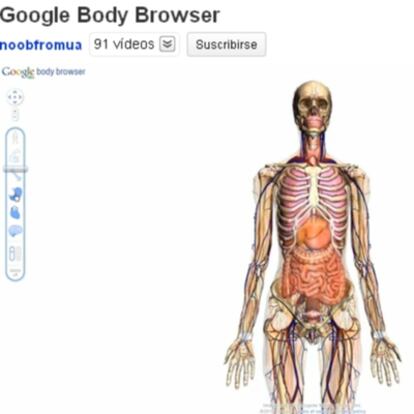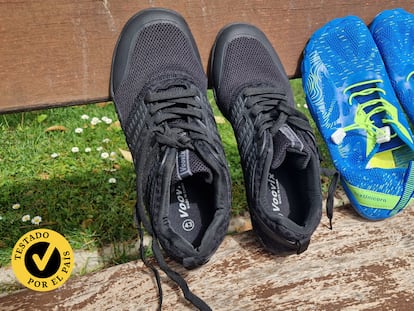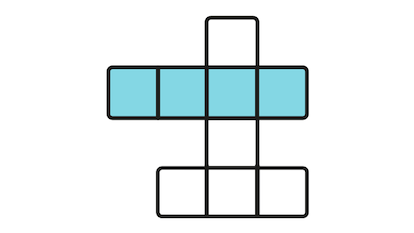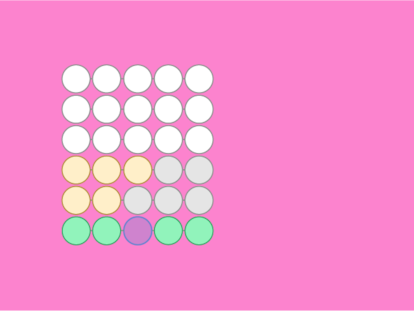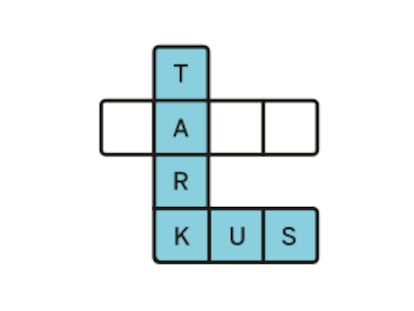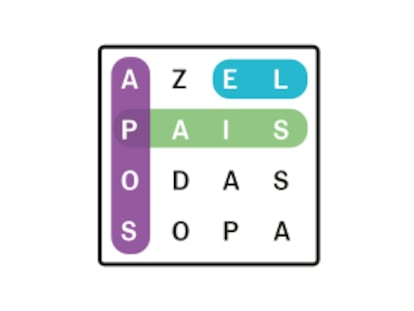Philosophical Bodybuilding
Philosophers only started to flex their muscles when psychologists and neuroscientists stressed the somatic dimension of our mind
Philosophy has rediscovered the body. This is new, because thinkers have not shown much interest in their own physiques, either personally or professionally. This hostility to the flesh surfaces in the Bible, the works of Plato and many Christian thinkers in their contempt of sex, fashion and sports. Although philosophers nowadays go to the gym as often as their ivory tower, for a long time they explored mostly "higher cognition": thought, knowledge and language. Emotions and actions remained untouched. Philosophers only started to flex their muscles when psychologists and neuroscientists stressed the somatic dimension of our mind. Suddenly, the concept of embodiment appeared everywhere, from conferences to book covers. Meanwhile, all disciplines gathered for interdisciplinary exercises. Now, emotions are construed as somatic warning systems and spiritual experiences as bodily illusions. Even our perception of others appears to be an unconscious simulation of their bodily actions.
Medical cases also appear in a new light. Here is an example: Call her Isabel. Her thighs are thinner than her knees. Her skin is taut on the bone. Her cheeks are hollow; her eyeballs sink back into their sockets. When she closes her eyelids, Isabel looks like a corpse. With a height of 170 centimetres, she weighs less than 40 kilos as she enters a clinic for anorexics. It will take a long time until Isabel regains her natural weight?recovered, but not healed. A defect of the kidneys remains?the risk of relapse, too. Anorexia is a phenomenon of Western culture. The sufferers are mostly women, especially the young. Common theories seek an explanation in the modern beauty mania. Fashion seems to force an ideal of slimness upon women so that some cross natural borders in trying to reach it. Yet, psychological and neurological research shows that the causes lie deeper?in our brains.
Further factors may be depression, control issues and deprivation, but the essential characteristic is a bodily illusion. Anorexics do not perceive themselves as thin. It is as if they have a distorting mirror in their brains that shows their image to be plumper than it is. That is why in therapy, patients are often asked to draw their outline on the floor. When lying down, they are startled because their real figure can be half their own estimate. Sometimes, this eye-opener is the first step towards self-awareness.
The phenomenon raises obvious philosophical questions: How can one be so mistaken? Above all: What determines our bodily experience? In answering these questions, one can draw on a distinction made by the philosopher Edmund Husserl about a century ago, a distinction between the lived body ("Leib") and the objective body ("Körper"). Jean-Paul Sartre and Maurice Merlau-Ponty developed this idea further, but researchers have only recently applied it to medicine.
Experiencing one's lived body is feeling from one's inner perspective, where one stops and the rest of the world begins, as well as where the limbs are located in space. Apart from our five known senses, we have others, e.g., balance and the position of our muscles. In contrast, we gain knowledge about the objective body when we weigh and measure it like a physical object or when we look upon it in the mirror.
In other words, we store information about ourselves in at least two formats. The difference between experience of the body and knowledge about the body is similar to the difference between a picture of Lassie and the word "Lassie". Both stand for Lassie, but only the picture resembles the original, the word does not. Our body mass is a similar case. We can feel portly or we can read the scales. Feeling is pictorial; knowing about one's weight is based on objective data. Usually, both formats fit together in our consciousness. In anorexics, however, they fall apart: even when patients know that they weigh only 40 kilos, they do not feel thin.
This dissonance between wordless feelings and conceptual knowledge echoes in many clinical syndromes. Another case: Call him Michael. He has two healthy hands, but the left feels as if it does not belong to him. Michael has the impression that his body ends at his wrist. He is not crazy. He knows that human being have two hands. Yet, due to brain trauma, he suffers from a type of hemisomatognosia: alien hand syndrome. Since no doctor would amputate his hand, he resorts to an axe. In the hospital, he gets his arm stump bandaged. Despite the pain, he feels relieved.
In order to cure patients like Isabel or Michael, neurologists have to explain why both cannot straighten out their experienced bodily image through their thoughts. This is the why-question. Philosophers support this enterprise by touching upon the what-question. What sense of "body" do we mean?the lived body or the objective body? Both projects are wholesome endeavours and need to go, well, hand in hand.
Philipp Huebl Humboldt Universität zu Berlin
